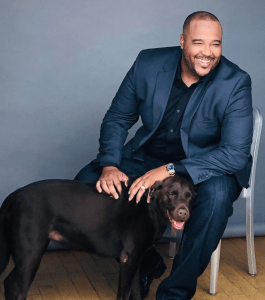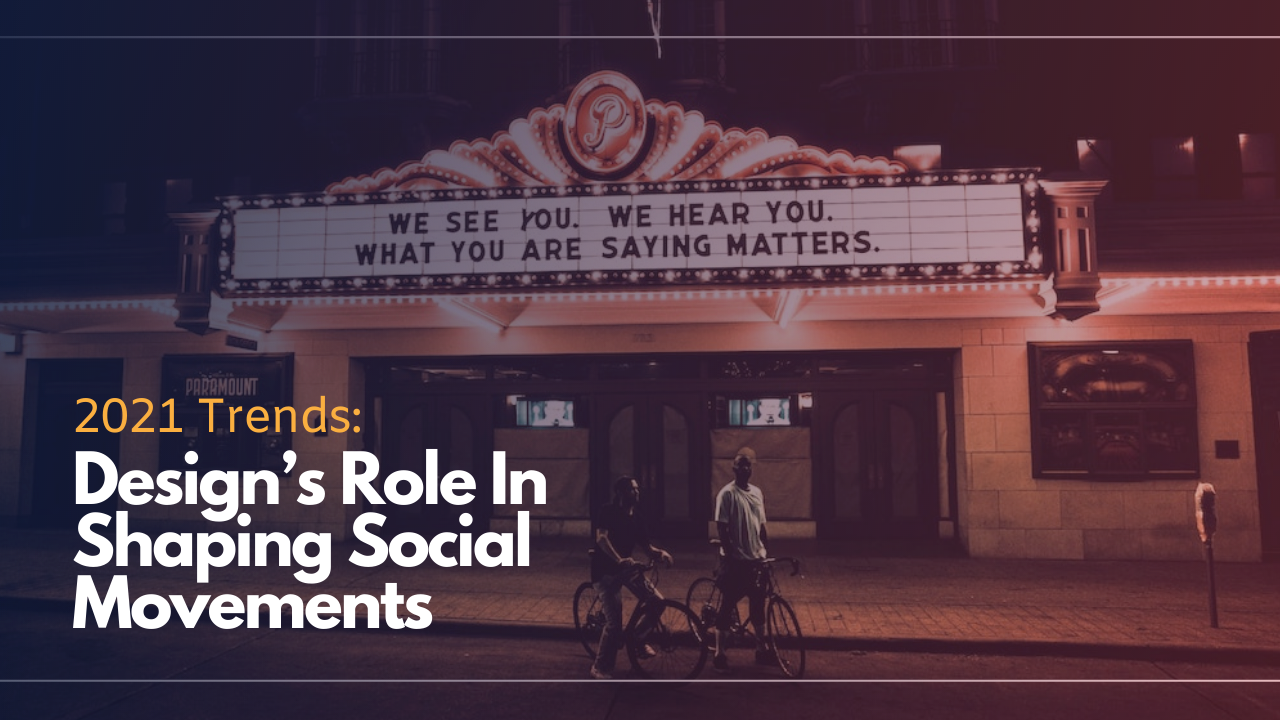- Siimee is a new recruiting platform that connects candidates and employers by focusing on who people are, not what they are.
- According to founder Rhett Lindsey, around 75% of resumes are automatically discarded without being reviewed.
- Lindsey explains how he aims to make positive change in the workplace through inclusion, “the connector between diversity and opportunity”.
Rhett Lindsey is the founder of Siimee, a new recruiting platform that connects candidates and employers by focusing on who people are, not what they are.

Lindsey’s belief that “inclusion is the connector between diversity and opportunity” underpins Siimee, which is specifically designed to facilitate inclusion in recruitment.
Before starting work on Siimee, Lindsey worked in recruitment and HR for six years, during which time he came to notice a significant disconnect between candidates and employers.
Lindsey estimates that around 75% of resumes are automatically discarded without being reviewed. “A lot of it has to do with biases: AI algorithms, programmes and recruiting platforms that select what they identify as a good candidate,” he says.
Be the change you want to see
When Lindsey worked in recruitment at Facebook, he remembers being asked to search for “black female engineers” during a week of “diversity recruiting”.
“I’d have to go to LinkedIn, look at an individual’s profile picture and assume, because of their colour complexion, that they identified as black, and that they identified as female.”
This ‘surface level’ approach made Lindsey uncomfortable and he thought there must be a better way – one that focused more on the ‘who’ as opposed to the ‘what’.
Lindsey voiced his concerns to leadership but wasn’t really listened to. “I wasn’t invited to be part of the conversation of pivoting – of taking a different approach to how we chose to select types of people for diversity outreach and how we executed that properly.”
Lindsey couldn’t help but feel like he was contributing to the problem, so decided to resign from his position at Facebook and start his own company.
He also considered looking for a job elsewhere, but realised that in doing so he’d risk running into the same problems. So, with encouragement from his husband, Lindsey decided to “step out on faith” and take matters into his own hands.
Misalignment in diversity recruitment
Lindsey explains that if diversity isn’t reflected at the top of the organizational funnel, the goal, although worthy in its intent, can become too focused on identifiers.
“As someone who comes from an underrepresented community and has faced some of the challenges that I know a lot of other professionals face, I wanted to build a platform that can cater to everyone. Misalignment happens because leaders at executive level don’t typically come from underrepresented groups.”
Lindsey and his team at Siimee believe a more holistic approach to inclusive recruiting is the way forward when it comes to goal alignment.
“We’re trying to identify diversity as the inclusion of all people, because we’re all diverse in terms of backgrounds, creeds, nationalities, religions, colours, genders, sexualities – everything about people in general is diverse.”
How Siimee works
Siimee reduces bias by prioritising people’s skills and goals over their ‘identifiers’. Visuals and other information is withheld until both employer and candidate match.
“Siimee is a recruiting app that directly connects candidates and employers by creating a one-to-one matching experience. It highlights users’ backgrounds and interests to opportunities, while eliminating early bias that historically occurs in the recruiting process.”
Even candidates’ names are withheld until a match occurs.
“We realised through our research that a lot of bias can come from just looking at the person’s name. And we realise that this happens for all nationalities and genders, it’s not just specific to minorities.” The same applies to profile photos.
Candidates’ interests, skills and aspirations are visible prior to matching to inform the algorithm and enable recruiters to make informed decisions based on who an individual is.
Candidates swipe right to match and left to reject and view the next opportunity; employers swipe right to match with an individual and left to view the next candidate.
Once a mutual match occurs, both participants are able to see each other’s full profile. The employer/recruiter is now able to see the candidate’s profile photo and what they’ve chosen as their identifiers. Information is displayed in a concise, digestible way.
Becoming an inclusive employer
As well as enabling employers to recruit in a more inclusive way through the app’s functionality, Siimee is signposting them to external resources that can help. Users “have the option to self-ID their underrepresented status”, allowing employers to pinpoint recruitment gaps and trends.This information is visible on the employer’s analytics dashboard.
“We’re adding accountability for employers to see how they’re scaling on different demographics. For example, if 0.1% of people that they matched with identified as transgender, we want to enable them to access communities, organisations and places that cater to transgender professionals. Being able to provide recommendations on where they can seek out those external services is very valuable.”
Lindsey notes that although there’s nothing wrong with tapping into outside resources to find talent from underrepresented groups, recruitment strategies shouldn’t revolve around assumptions and identifiers. “I really want people to know that we focus on who you are holistically, and not the specifics of what you are to check a box to fill a quota.”
The following posts are part of Siimee’s social awareness campaign: “see me for who I am, not what I am”:
“We’re recruitment experts: we specialise in creating a better experience for candidates and employers by making sure that we weave in compassion, community access, equity, accountability and respect into every fibre of the recruiting process.”
The problem with ‘cultural fit’
According to Lindsey, re-evaluating the language around recruitment can also help us to become more inclusive as employers. Take the term ‘cultural fit’, for instance.
“I hate that terminology,” admits Lindsey.
“A cultural fit means you’re looking for someone to come in and be a part of what’s already established. And that’s inappropriate, especially if what’s established is a majority of a specific demographic that doesn’t truly reflect what society is made of.
“Instead of cultural ‘fit’, I believe the focus should be on cultural ‘add’ or cultural ‘bonus’.”
The idea that “inclusion is the connector between diversity and opportunity” is one that Lindsey and his team live by and have incorporated into Siimee’s business model. Without inclusion, says Lindsey, there’s a disconnect, and that’s what he’s aiming to fix.
Early sign up
Siimee is set to launch this spring and has already raised $250,000 from a small, select group of outside seed investors.
A number of high profile influencers and individuals are championing the brand. US actor Richard Lawson, who is the father of acclaimed actress Bianca Lawson, and also happens to be Beyoncé’s stepfather, is a part of Siimee’s advisory team, as is David Dubinsky.
“People believe in this mission and in the impact of this product. It’s a blessing to see that everyone involved is committed to making sure that this is successful,” says Lindsey.
Candidates can sign up to Siimee’s early adapter user group. It’s currently open to individuals from the US who have select experience, but as soon as the team is confident that the app is working well for the initial group they’ll be opening it up to more sectors and geographies.
Companies that would like to get in touch to register can do so at: siimee.com/investors
Candidates can sign up here for early access: https://siimee.com/take-action
Find out more at siimee.com.


 Dr. Gleb Tsipursky – The Office Whisperer
Dr. Gleb Tsipursky – The Office Whisperer Nirit Cohen – WorkFutures
Nirit Cohen – WorkFutures Angela Howard – Culture Expert
Angela Howard – Culture Expert Drew Jones – Design & Innovation
Drew Jones – Design & Innovation Jonathan Price – CRE & Flex Expert
Jonathan Price – CRE & Flex Expert
















